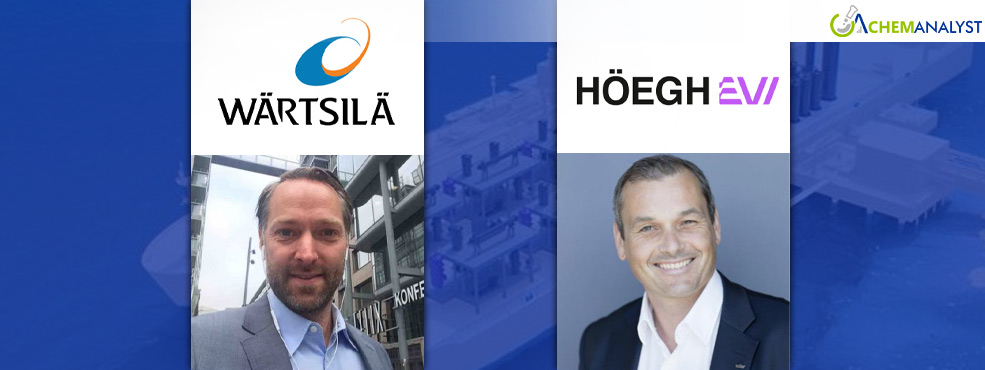Wärtsilä, Höegh Evi, and Partners Complete World’s First Floating Ammonia-to-Hydrogen Cracker
- 25-Apr-2025 4:30 PM
- Journalist: Joseph Dennie
Wärtsilä Gas Solutions, a division of technology group Wärtsilä, in collaboration with marine energy infrastructure leader Höegh Evi, has announced the successful development of the world’s first floating ammonia-to-hydrogen cracker. This groundbreaking innovation marks a significant milestone in the transition toward sustainable energy, enabling industrial-scale hydrogen production from transported ammonia on floating import terminals.
The initiative, launched in April 2023 as part of Norway’s Green Platform program, was developed with a consortium of partners including the Institute for Energy Technology (IFE), the University of South-Eastern Norway, Sustainable Energy, and BASF SE. The ammonia cracker was constructed at the Norwegian Catapult Center in Stord.
With a modular design, the technology can be integrated into hybrid Floating Storage and Regasification Units (FSRUs) or purpose-built floating hydrogen terminals. The system is scalable, offering a sendout capacity of up to 210,000 tonnes of hydrogen annually. Ammonia storage capacities range from 10,000 to 120,000 cubic meters.
“The floating ammonia-to-hydrogen cracker developed by Höegh Evi, Wärtsilä Gas Solutions, and our partners is a game-changer for the hydrogen economy and Europe’s energy transition,” said Erik Nyheim, CEO of Höegh Evi. “Our floating terminals and this technology can unlock the global green hydrogen value chain, ensuring a reliable supply of clean energy within this decade.”
Kjell Ove Ulstein, director of sales and marketing at Wärtsilä Gas Solutions, added, “This is a major advancement in the pursuit of sustainable energy. It addresses the challenges of hydrogen storage and transport while enhancing the resilience and flexibility of future energy infrastructure.”
The project received approximately 5.9 million euros in funding from the Norwegian government’s Green Platform initiative, covering about half of the total budget. Innovation Norway, the country’s trade promotion agency, played a key role in fund allocation.
“The future of energy is green, and we are proud to contribute to the technologies needed to achieve that vision,” said Håkon Haugli, CEO of Innovation Norway.
According to the European Union’s REPower strategy, the continent aims to import 10 million tonnes of renewable hydrogen annually by 2030. As hydrogen infrastructure develops, floating terminals equipped with ammonia-cracking technology could enable large-scale imports, supplying hard-to-decarbonize industries and helping stabilize the energy system.
While hydrogen is seen as a key alternative to fossil fuels, it presents storage and transport challenges due to its low energy density and high vaporization losses. Ammonia, in contrast, can be stored and shipped more efficiently. Upon arrival, it can be converted back into hydrogen for distribution via the ammonia-to-hydrogen cracker.



